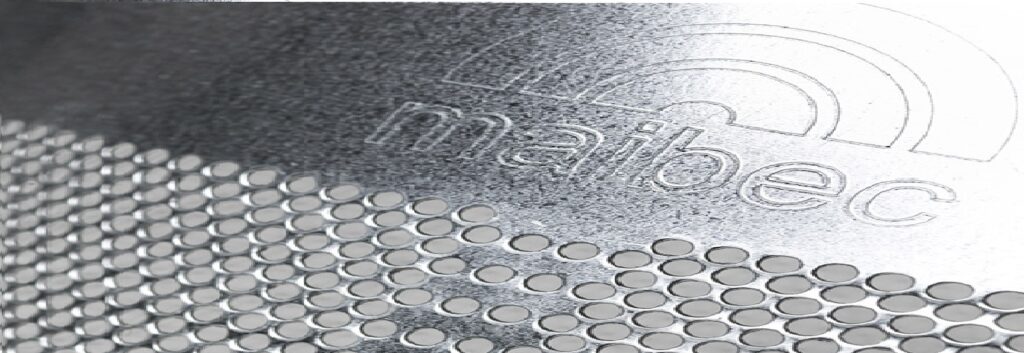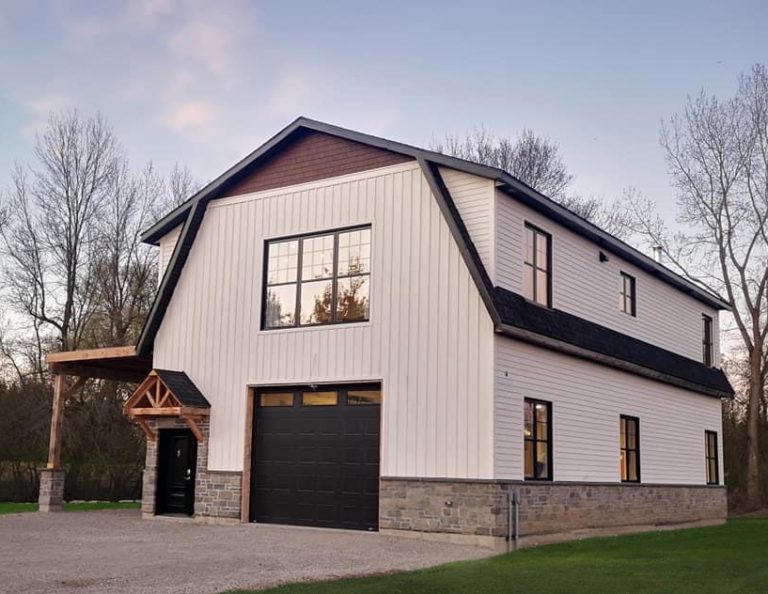
Ventilation and Drainage Cavities: A little space goes a long way!
January 14, 2020
Exterior siding – or cladding – is typically chosen for its aesthetic qualities, but it’s designed to do more than simply look good. Its primary role is to serve as front-line protection for your home.
Le revêtement n’a pas pour mandat d’être étanche à tout prix, mais plutôt d’assurer un premier bouclier face au intempéries, appelé le premier plan de protection. Un mur extérieur étanche combiné à une cavité de drainage en continue permettra à l’eau, qui aura fait son chemin entre le revêtement et le mur, de ressortir librement. Cette même cavité de drainage qui permet à l’eau de ressortir par gravité servira à la chaleur accumulée de ressortir. Ainsi, vous faites d’une pierre deux coups !
If exterior siding is your first line of the defence, then your second line is the continuous and waterproof barrier to which the siding is installed. The role of this barrier is to stop any moisture that may have gotten behind the siding from seeping into the exterior wall. Sealant can be used to help support this barrier, but should not be used to guarantee watertightness. That’s because all sealants will eventually crack and allow water to infiltrate. What’s more, using sealant above openings and junctions will actually prevent water from draining. Over time, water will simply accumulate and eventually infiltrate the wall, potentially leading to significant damage. Adding vertical furring strips (or strapping) on top of this waterproof barrier creates an essential air cavity so that gravity can draw water down and away from the wall. This is why you should never install horizontal strapping at the bottom of the walls or above openings.
This air cavity does more than just let water and moisture to escape; it also provides essential ventilation. Allowing hot, humid air to escape can help to prolong the life of exterior wood siding considerably. Changes to building and insulation codes and practices – combined with the trend toward dark-colored siding – make proper ventilation a must. Dark colors tend to attract more heat – heat that you don’t want to remain trapped behind the siding. Keep in mind that things like excess heat and humidity can negatively impact the natural expansion and contraction of wood as well as the longevity of stains. All of this explains much of the logic behind our modern-day building codes.
Once you’ve created this all-important cavity, you simply need to make sure you’re using the right tools in the right spots! Such as using ventilated strips at the top and bottoms of walls and openings. They will allow heat and water to easily escape while preventing insects and rodents from getting in behind the cladding. Maibec ventilated strips are designed to meet firewall requirements for the tops of walls, division between floors and transition between different types of exterior siding materials. So as you can see, a little space goes a very long way!
Related articles

Your guide to the perfect installation of Maibec CanExel

Designer Talk: Farmhouse Style
Join our list
Subscribe to our newsletter to access our most exclusive new products and receive design and maintenance tips.

